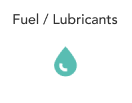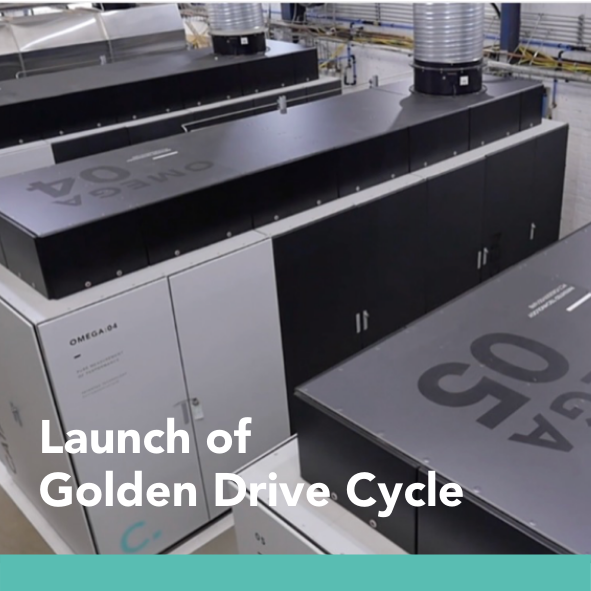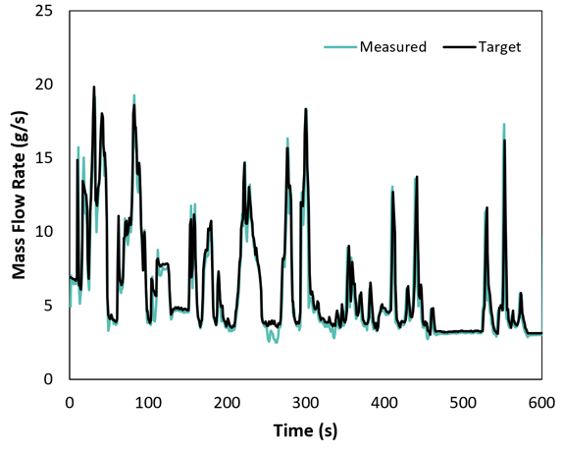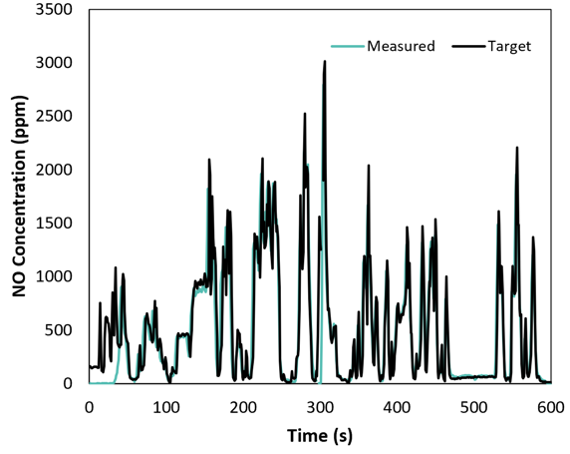A flexible, repeatable drive cycle test built around artificial intelligence and the OMEGA Test Reactor.
The drive to control tailpipe emissions throughout the lifetime of a vehicle is a challenge posed by both legislative and social pressures. This burden is born by the exhaust aftertreatment design team, where the catalyst must be designed to meet these strict performance limits. The ubiquitous method of evaluating aftertreatment system performance, particularly vehicle tailpipe emissions, is through drive cycle testing.
The OMEGA test reactor is a proven catalyst ageing and characterisation technology, offering industry leading accuracy and reproducibility. It provides accurate and independent control of test parameters such as exhaust gas composition, flow rate and temperature for drive cycle testing activities.
CATAGEN uses advanced artificial intelligence techniques to support the in-house developed OMEGA test vehicle control software. The new CATAGEN AI Framework is an exciting development for the business and has great potential for a number of applications. The CATAGEN AI Framework takes care of the majority of the ‘heavy lifting’ in terms of realising the target drive cycle test profiles. Some online monitoring and correction is imbedded in the control software to allow for small deviations in temperature etc.
The Figures below show excellent agreement between measured and target mass flow and emissions performance over a 10 minute window of a World Light Test Cycle (WLTC). This particular test replicated the operating conditions of a high performance passenger vehicle. Importantly, the repeatability of the OMEGA test vehicle ensures that these profiles can be matched time and time again, even if tests are complete months apart. (This is also easily transferable for the World Motorcycle Test Cycle – WMTC).
The AI driven control method outlined above allows new drive cycle data to be processed, and quickly converted to a series of control instructions for the OMEGA test vehicle. As the OMEGA test vehicle offers substantially greater freedom than an engine, it can create or replicate test conditions of any engine.
A drive cycle test on the aftertreatment system of a high-end performance vehicle could be complete in one day, with a small passenger vehicle system tested the following day. Conventional testing approaches cannot offer this level of flexibility, whilst sustaining accuracy and repeatability. This flexibility could also support aftertreatment or full powertrain development work, wherein the impact of changes in engine out conditions on tailpipe emissions could be validated quickly and accurately.
The AI is designed to be self-learning, where each dataset produced can be used to retrospectively improve AI predictive accuracy.
Overall, these are exciting developments. The combination of the OMEGA test vehicle and the new CATAGEN AI Framework has been shown to offer a representative, repeatable drive cycle testing service. The key benefits afforded by this test offering for CATAGEN’s partners include:
-
Time savings – for example OBD limit ageing where OMEGA drive cycle testing can afford increased certainty over emissions performance, reducing the requirement for iterative testing.
-
Cost savings – through facilitation of detailed investigations on catalyst specification (e.g. PGM (Platinum group metal) loading).
-
Testing flexibility – firstly through the capacity to recreate a range of drive cycle conditions, but also through the ability to replicate ‘future’ engine out conditions to support the entire powertrain development process.
-
Produces excellent data for kinetic modelling purposes.
If you are interested in the Golden Drive Cycle testing capability, find out more from Matthew Elliott, AUTO Technical Expert
This project was funded by UK Research& Innovation – Sustainable Innovation Fund (SIF)
More Content:



